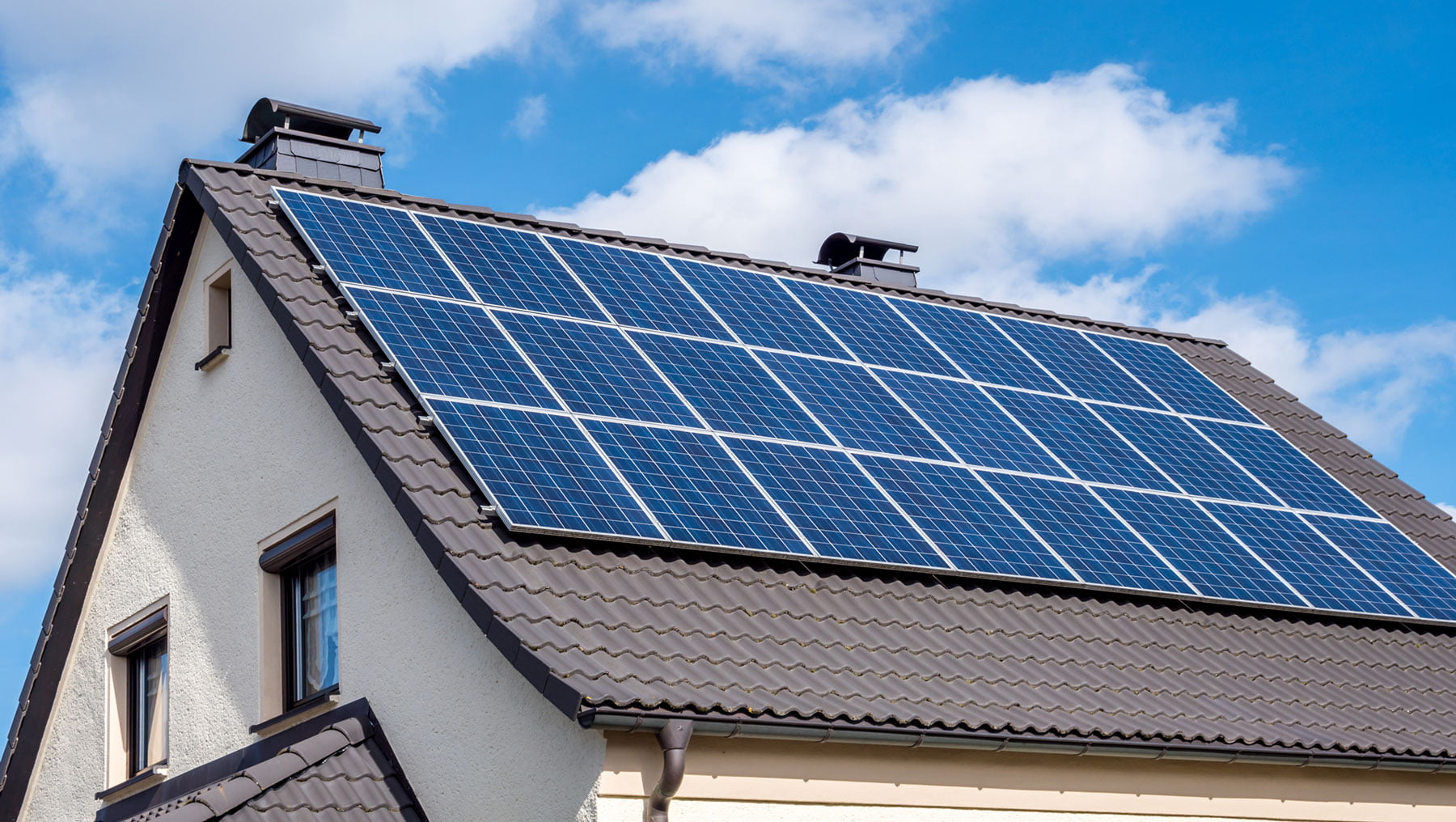The sun is a powerful source of energy. In its natural cycle, the sun produces energy through the process of photosynthesis. This process uses solar energy to convert carbon dioxide into organic compounds, which are then stored as heat in the form of sunlight. The sun also plays an important role in climate change. The way it produces energy is known as photovoltaics. The sun’s output of energy directly affects the climate. There are various types of solar panels. The two most common are the crystalline and the thin film. Both types of panels are used to produce solar energy. The main differences are listed below.
What is a Solar Panel?
A solarpanel is a device that accepts the direct energy from the sun and converts it into electricity. It works by using the energy that is concentrated in the form of radiant heat. The hot sun’s energy is converted into electricity with special panels called solar panels. The name ‘solar panel’ comes from the fact that it is made from special thin films of silicon. Solar panels are usually attached to a house or a business to generate electricity. They are most commonly used in place of an old-fashioned solar electricity generation system.
What is an Solar Array?
A solar array is a network of solar panels. The panels collect the energy from the sun, transfer it to the ground, and then generate electricity. The array can be mounted on a roof, a building, or a car. The array usually consists of a number of smaller solar panels. The panels are connected to a controller to enable the creation of electricity.
How Does a Solar Panel Work?
The operation of a solar panel is very similar to that of a wind turbine. The main difference is that a solar panel does not require a large area to generate power because it is concentrated on one surface. The panels are made from thin film solar panels. These panels are made of a special material that permits the production of more energy with less material usage. The panels are connected to a battery to enable them to store energy during the day. The model of a solar panel depends on the country in which you live. In the United States, it is the clear-glass panels that are the most popular. The panels are very efficient, meaning that they produce very little waste heat. This heat is then collected and used to cook food during the night.
How Does a Solar Array Work?
The operation of a solar array is very much like that of a wind turbine. The main difference is that a solar panel does not require a large area to generate power because it is concentrated on one surface. The different types of panels that are used in a solar array are listed below. Solar Panel, Clear-Glass – These panels are the most common type used in residential and small commercial arrays. Solar Panel, Reflective – Reflective panels are usually used in commercial and industrial arrays. The panels are designed to reflect as much of the sun’s energy back into the earth’s atmosphere as possible. Solar Panel, Sliding – The sliding panels are usually mounted on a tower, which allows the operator to adjust the length of the array to suit the location and weather conditions of the site. Solar Panel, Tower – The tower-mounted panels are the most efficient type of solar array. They are often used in large commercial and industrial arrays.
Are There Any Drawbacks to Solar Panels?
The biggest downside to solar panels is that they are not cheap and easy to install. They also require a special roofing material that does not wear off in the sun’s rays. If the roofing material does wear off, the array will stop working. Another downside of solar panels is that they do not generate energy during cloudy weather. This is called the sun shadow effect, and it is caused by the fact that the panels are mounted on a building or other structure.
The Pros of Solar Panels
Efficiency – The efficiency of a solar panel is the amount of electricity generated per unit of surface area. The higher the efficiency, the more electricity generated per unit of surface area. Portability – The ability to produce electricity not only from a single location, but from many different locations is a huge plus when it comes to solar panels. Noise – The absence of noise and vibrations from the panels makes it easier to install and use. No Pollution – The emissions from fossil fuels are one of the biggest cons of solar panels.
The Cons of Solar Panels
Rising Costs – The technology of solar panels is constantly improving. New panels are more efficient, easier to install, and provide less noise than older panels. These are all positive factors, but it is difficult to justify the high price of new panels when existing ones will do the job just as well. Noise – The absence of noise and vibrations from the panels makes it easier to install and use. No Storage – This is one of the biggest cons of solar panels. If you do not want to be stuck with a cloudy day every so often, you will want to store your electricity generated by the panels.
Conclusion
The sun is a powerful source of energy. In its natural cycle, the sun produces energy through the process of photosynthesis. This process uses solar energy to convert carbon dioxide into organic compounds, which are then stored as heat in the form of sunlight. The sun also plays an important role in climate change. The way it produces energy is known as photovoltaics. The sun’s output of energy directly affects the climate. There are various types of solar panels. The two most common are the crystalline and the thin film. Both types of panels are used to produce solar energy. The main differences are listed below.
